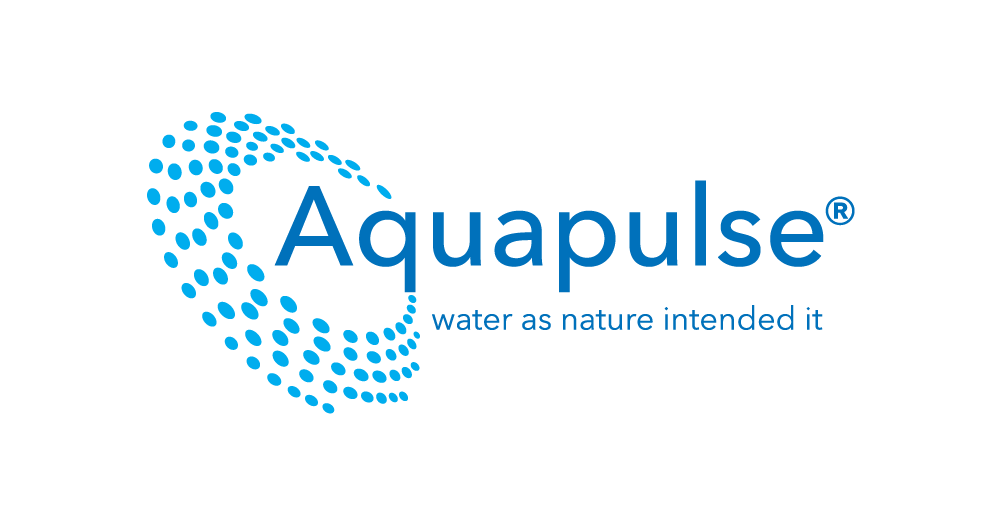Aquapulse cartridges contain a carefully formulated combination of processed natural minerals that deliver a number of proven benefits when immersed in water.
Upon contact with water, there are potentially up to fifteen scientifically verified benefits delivered, enhancing the efficacy of water, as well as improving the efficiency of additives such as minerals, fertilisers and feeds enabling them to be used in reduced quanitities.
This natural, non-chemical technology also has anti-bacterial properties.
How does Aquapulse improve water efficacy?
There is a growing demand for water treatment technologies to deal with global environmental challenges such as degradation and depletion of water resources. Aquapulse water technology and its application has emerged as a problem solving alternative for such challenges. It's properties make Aquapulse technology useful for applications such as agriculture, fish farming and grown produce. When activated in water it can have several effects, including:
Accelerating the metabolism of animals and plants.
Enabling the reduction of fertiliser with no reduction in efficacy.
Improving the yield of plants.
Removing impurities in water.
Reducing/eliminating bacteria.
Significantly enhancing fish development and improving feed conversion ratios.
Improving water clarity.
Removing/eliminating odours improving water paletability.
Reducing/eliminating biofilm.
Aquapulse treated water can improve livestock, fish, and crop yield. Improving yield can reduce carbon footprint by increasing the efficiency of production and reducing waste. When yield is improved, more product is produced using the same levels of resources, which means that fewer resources are required to produce the same amount of output. This can result in lower energy use, reduced greenhouse gas emissions, and reduced waste.
For example, in agriculture, improving yield can mean producing more crops per unit of land, which reduces the need for synthetic fertilizers and pesticides, which require energy to produce and can release greenhouse gases during their manufacture.
Improving milk yield means that cows require less feed per unit of milk produced. This means that less feed needs to be grown, transported, and processed, which can reduce the carbon footprint of feed production and transportation.
As milk yield increases, fewer cows are needed to produce the same amount of milk. This can reduce the greenhouse gas emissions associated with enteric fermentation and manure management.

